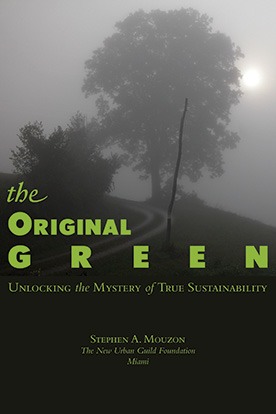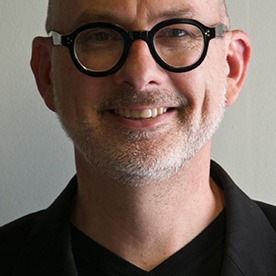
Look at the image on the left above. This is an on-site heat generation device which we know more commonly as a solar collector. The image on the right is clearly a fireplace, which means that it’s also an on-site heat generation device. They both do their jobs: the one on the left heats water, while the one on the right heats air. But that is where the similarities end. Because the one on the left was conceived only as an engineering exercise, while the one on the right was conceived as engineering and design. So both have similar amounts of engineering, because they both appear to do their heat-making jobs. But the fireplace was also conceived as being beautiful, whereas the solar collector possesses not one shred of beauty.
So what? Isn’t that just aesthetics? We have sustainability problems far more important than mere aesthetics, right? Not so fast. If you’re old enough to remember the late 1960s and 1970s, you’ll remember that we had another green revolution back then. Many of us (I was in my teens through most of the 1970s) were very optimistic that we were seeing the beginnings of major changes. But that all changed very quickly in just a couple years. What went wrong? I’ll tell you what I remember seeing and hearing.
I was an architecture student and then a recent graduate when it all came crashing down. And the thing I recall the most was hearing, again and again, the same thing, almost word-for-word: “I don’t care if those solar collectors are saving me a little money; get those hideous things off my roof; I will not tolerate them any longer!” And so, because the artifacts of sustainability were conceived only as engineering rather than design and engineering, the people turned against them and an entire generation was lost.
The same thing could happen to us. It doesn’t have to happen, but it could happen. And it will happen if the artifacts of sustainability today are merely engineered. So they must work. And they must be designed to be beautiful. Because if they cannot be loved, they will not last. But can we afford to turn another generation against sustainability like we did at the end of the 1970s? Can we really afford to blow it again?
~ Steve Mouzon
Legacy Comments:
Wednesday, February 11, 2009 - 10:02 PM
Chad Cooper
Re-entered... originally posted January 30, 2009
I'd be very interested in reading an exploration of this topic in a broader sense as well. Meaning, the role/importance of aesthetics in general. In other words, when confronted with the form meets function mentality in which aesthetics play a part only when deemed necessary. Problem is, aesthetics should always be part of the equation, regardless of factors such as size, prominence, etc. With this, the willingness of some to spend money quickly on engineering gadgets or marginally increased performance, and even tossing aside aesthetics to pay for it.
Any thoughts on this (to help tackle these types of scenarios, or help ease frustrations)?
Best,
Chad
An excellent, extinct grammar school
Think symmetry. Humans like symmetry, or balance in asymmetry. They like security & comfort first, then light and height according to the climate. People like curved lines better than straight ones, and wood & stone better than brick and metal, unless the metal is appealing.
Board Member at Sky Institute for the Future
Exactly, Adrian! Put another way, people like buildings that reflect them in some way... you've included several.
January 17, 2017 11:07am
+258+


